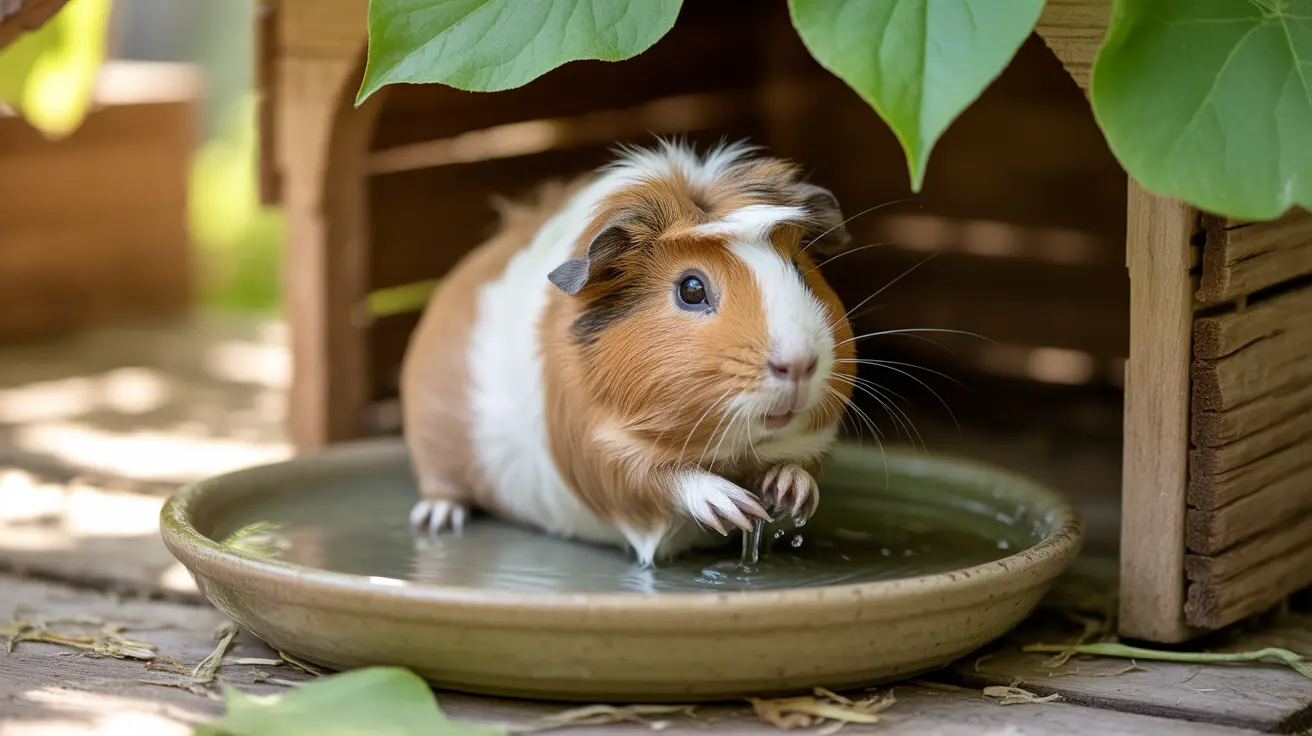How to Choose a Dog Harness: A Complete Guide for Pet Owners
When it comes to walking your dog safely and comfortably, selecting the right harness is crucial. A well-fitted harness provides better control, reduces strain on a dog’s neck, and can improve walking behavior. But with so many varieties available, how do you know which one is right for your furry friend?
Why Choose a Harness Over a Collar?
Harnesses distribute pressure more evenly across a dog’s chest and shoulders, which is especially beneficial for:
- Small breeds with delicate neck structures.
- Dogs prone to pulling during walks.
- Brachycephalic breeds like Bulldogs or Pugs.
- Canines with respiratory issues.
Unlike collars, harnesses prevent choking and make guidance safer and more humane.
Types of Dog Harnesses
Dog harnesses come in several forms, each designed for different needs:
- Back-clip harnesses: Ideal for small or calm dogs. The leash connects at the back, allowing relaxed control without pressure on the neck.
- Front-clip harnesses: Designed for training and discouraging pulling. The leash attachment at the chest redirects the dog when they pull.
- Dual-clip harnesses: Offers both front and back leash attachments. These are versatile and great for training and everyday use.
- Step-in harnesses: Easy to put on, perfect for dogs comfortable with lifting their legs into the harness.
- Over-the-head harnesses: More secure, suitable for escape artists but may take more time to get used to.
How to Measure Your Dog for a Harness
An ill-fitting harness can cause discomfort, chafing, or even injury. Here's how to measure properly:
- Chest girth: Measure around the widest part of your dog’s ribcage, just behind the front legs.
- Neck size: Measure where a collar would usually sit to ensure comfortable neck support.
- Weight: Some harnesses base their sizing on your dog’s weight class, so know their current weight.
Always consult the sizing chart provided by the harness manufacturer as sizes can vary.
Factors to Consider When Choosing a Harness
- Size and breed: Large, strong breeds may need heavy-duty or padded harnesses, while smaller dogs benefit from lightweight designs.
- Age and health: Puppies or dogs with joint issues may need harnesses with extra padding or supportive handles.
- Activity level: Active dogs need durable, breathable materials for long adventures, while couch potatoes require basic comfort.
- Behavioral needs: Dogs in training or with leash aggression may need a front-clip or no-pull design.
Material and Construction
Durability should not be overlooked:
- Nylon: Lightweight and typically affordable. Good for everyday use.
- Leather: Durable and stylish, though often heavier and more expensive.
- Mesh: Breathable and comfortable for small dogs or warmer climates.
- Padded: Ensures comfort for long walks or sensitive skin.
Additional Features to Look For
- Adjustable straps: Allow more precise fitting and accommodate growing dogs.
- Reflective material: Ideal for night walks and safety in low visibility.
- Quick-release buckles: For ease of wear and removal without hassle.
- Lift handles: Useful for helping senior dogs or navigating obstacles.
Training and Transitioning to a Harness
Some dogs may need time to adjust to wearing a harness. Begin by allowing your dog to sniff the harness. Then follow these steps:
- Put it on indoors for short periods, offering treats and praise.
- Gradually increase wear time and associate it with positive activities like short walks.
- Ensure the harness doesn’t chafe or restrict movement; adjust accordingly.
How Often Should You Replace a Dog Harness?
A harness should be replaced if:
- Straps become frayed or stretched out.
- Buckles or adjustment points break or stop functioning.
- Your dog outgrows it or gains/loses a significant amount of weight.
- Padding becomes worn, making it uncomfortable for your pet.
Conclusion
Choosing the right dog harness involves understanding your pet’s specific needs, activities, and behavior. By measuring carefully and considering factors like material, clip style, and features, you’ll ensure safer, more enjoyable walks for both you and your dog. Remember: a good harness enhances bonding, improves training outcomes, and prioritizes your dog’s comfort and well-being.





